Kazakh Upland Steppe
The ecoregion’s land area is provided in units of 1,000 hectares. The conservation target is the Global Safety Net (GSN1) area for the given ecoregion. The protection level indicates the percentage of the GSN goal that is currently protected on a scale of 0-10. N/A means data is not available at this time.
Bioregion: Kazakh Forest Steppe & Grasslands (PA34)
Realm: Central Eurasia
Ecoregion Size (1000 ha):
7,211
Ecoregion ID:
733
Conservation Target:
40%
Protection Level:
1
States: Kazakhstan
The low mountains and hills found within the Kazakh Upland Steppe are covered with a complex mosaic of habitats, from pine forests to shallow lakes, steppe meadows to rocky screes. Endemic trees and flowers are found here. Argali hide their lambs amongst weirdly eroded rock formations to avoid predators, and goitered gazelle graze the valleys and ravines. Endemic Kazakh pika live in the stony steppes, hunted by endangered steppe eagles.
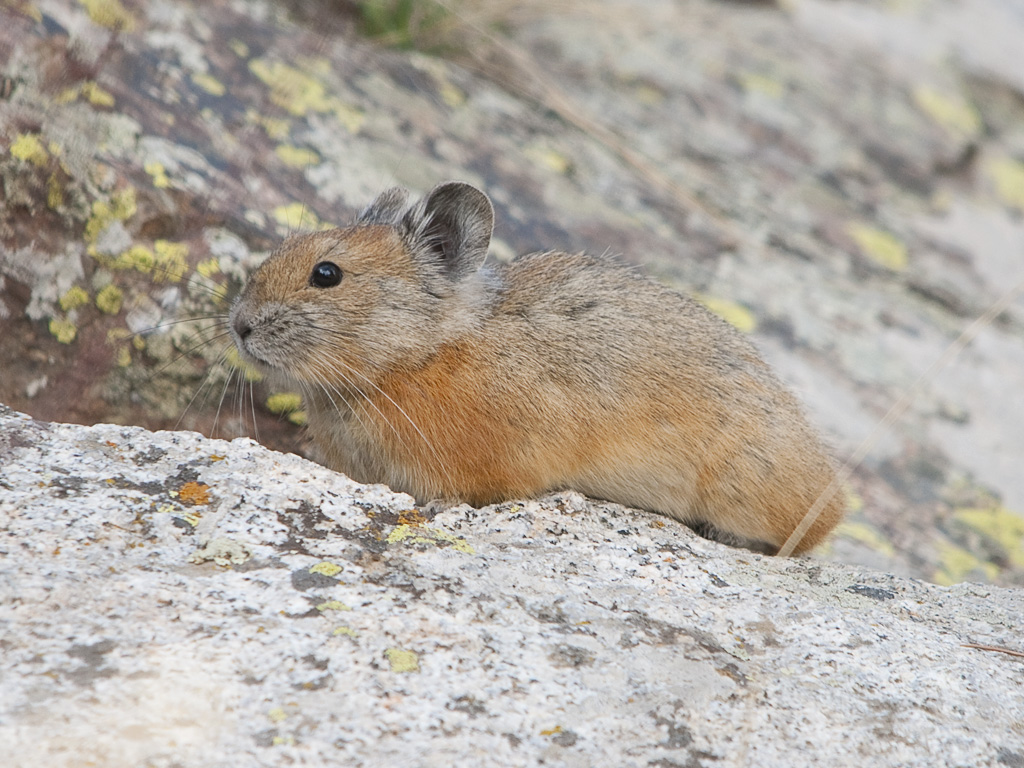
The flagship species of the Kazakh Upland Steppe ecoregion is the Kazakh pika. Image credit: Courtesy of Sergey Yeliseev, Flickr
This ecoregion is composed of three separate areas: the Kokchetau Uplands in northern Kazakhstan; the Aktau, Ortau, and Karkaraly mountain area in central-eastern Kazakhstan; and the Chingiztau mountain area just to the east. They are similar in relief but have different climates and vegetation. Numerous rock outcroppings are eroded into weird and wonderful shapes by the constant wind, and archaeological sites provide evidence of human habitation dating back to the Paleolithic Period (3.3 million years ago). Winters are long and cold. In Kokshetau, average monthly temperatures are -16.1–19.7°C and total annual precipitation is 315 mm, peaking in July. In the south of the ecoregion average monthly temperatures are -14.8–20.9°C with annual precipitation of 295 mm, which is spread more evenly across the year.
In these higher elevations, steppe areas are interspersed with pine forests. Other trees, such as birch, aspen, and willow are mainly restricted to deep-cut river valleys and riverbeds. In the Kokchetau Uplands, black soils support steppes of Lessing feathergrass and steppe fescue with plants such as lesser meadow rue, Galina ruthenicum and Salvia dumetorum. In the uplands further south, light chestnut soils and drier conditions mean non-grass species are scarce. Grasses such as steppe fescue and Stipa saretana dominate, with low shrubs of Artemisia species and drought-tolerant forage kochia. Ephemeral plants such as tulips and madwort occasionally bust into bloom. There are endemic trees, Berberis karkaralensis, and Betula kirghisorum, and about 30 smaller endemic plants, for example, Astragalus kasachstanicus, Euphorbia andrachnoides, and Thymus cerebrifolius.
Goitered gazelle graze in the valleys of the Aktau and Ortau uplands and argali feed on the grasses and sedges of the Chingiztau area. A specialist of rocky terrain and steppe is the marbled polecat, which hunts rodents such as red-cheeked ground squirrels. There are numerous small mammals, including great jerboa, steppe pika, bobat marmot and the endemic Kazakh pika. These provide food for birds of prey that nest in the trees supported in upland areas, such as endangered steppe eagle, saker falcon, red-footed falcon, and eastern imperial eagle.
Kokshetau National Park was established under the Soviet government to protect meadow steppe, species-rich forb-feather grass steppe and scots pine forests on granite. Karkaraly National Park protects open scots pine-forests and stony steppe, but its current status is unclear. The end of Soviet collective agriculture in 1990 resulted in a 75% drop in livestock numbers. In recent years the numbers have sprung back, but traditional nomadic forms of pastoralism are rare, resulting in overgrazing in some places and undergrazing in others. The lack of meat supply to the local human population from 1990 to 2010 led to widespread consumption of wild animals, particularly saiga, which were already being poached for their horns. They are now critically endangered and absent from this ecoregion.
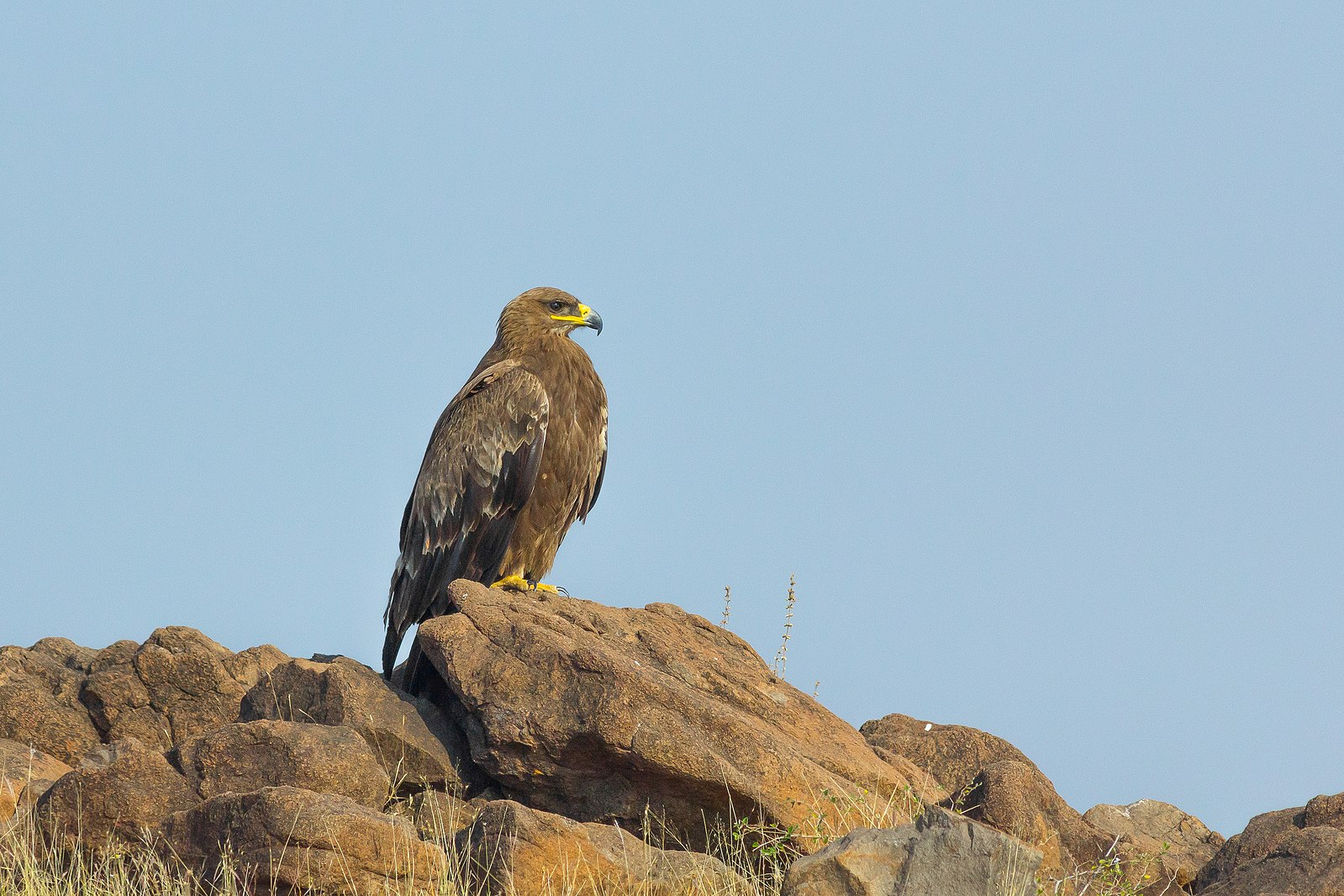
Steppe eagle. Image credit: Creative Commons
Human-induced fire is a constant risk to the forest areas, intensified by climate change. Gold mining in the Kokshetau Massive causes pollution. Poaching of birds of prey and reptiles has become a serious problem.
The priority conservation actions for the next decade will be to: 1) ensure that protection and management plans are implemented effectively in the Aktau, Ortau, Karkaraly, and Chigiztau areas; 2) prevent poaching and trapping of wildlife, including birds of prey, reptiles, and mammals; and 3) improve the prevention of human-induced fire, especially in anticipation of intensified risk due to climate change.
Citations
- Joint Research Centre of the European Commission. 2019. The Digital Observatory for Protected Areas (DOPA) Explorer 4: Kazakh Upland. [Online]. [Accessed 5th December 2019]. Available from: https://dopa-explorer.jrc.ec.europa.eu/ecoregion/80811
- Bragina, T. Nowak, A., Vanselow, K. and Wagner, V. 2018. Grasslands of Kazakhstan and Middle Asia: Ecology, Conservation and Use of a Vast and Globally Important Area. In: Squires, V.R., Dengler, J., Hua, L. and Feng, H. eds. Grasslands of the world: diversity, management and conservation. Boca Raton: CRC Press. pp. 139-167.
- Rachkovskaya, E.I. and Bragina, T.M. 2012. Steppes of Kazakhstan: Diversity and Present State. In: Weger, M.J.A. and Staalduinen, M.A. eds. Eurasian Steppes. Ecological Problems and Livelihoods in a Changing World. Dordrecht: Springer. pp.103-148.
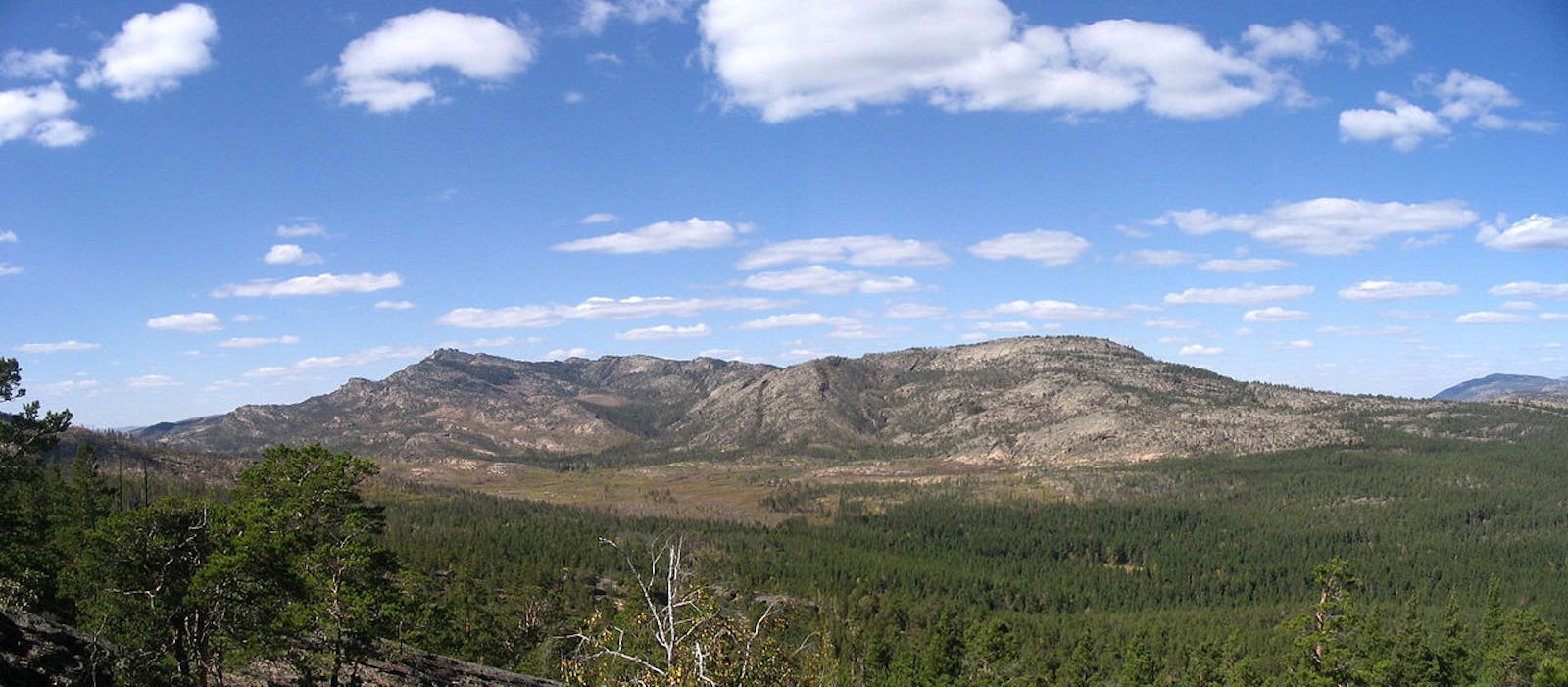
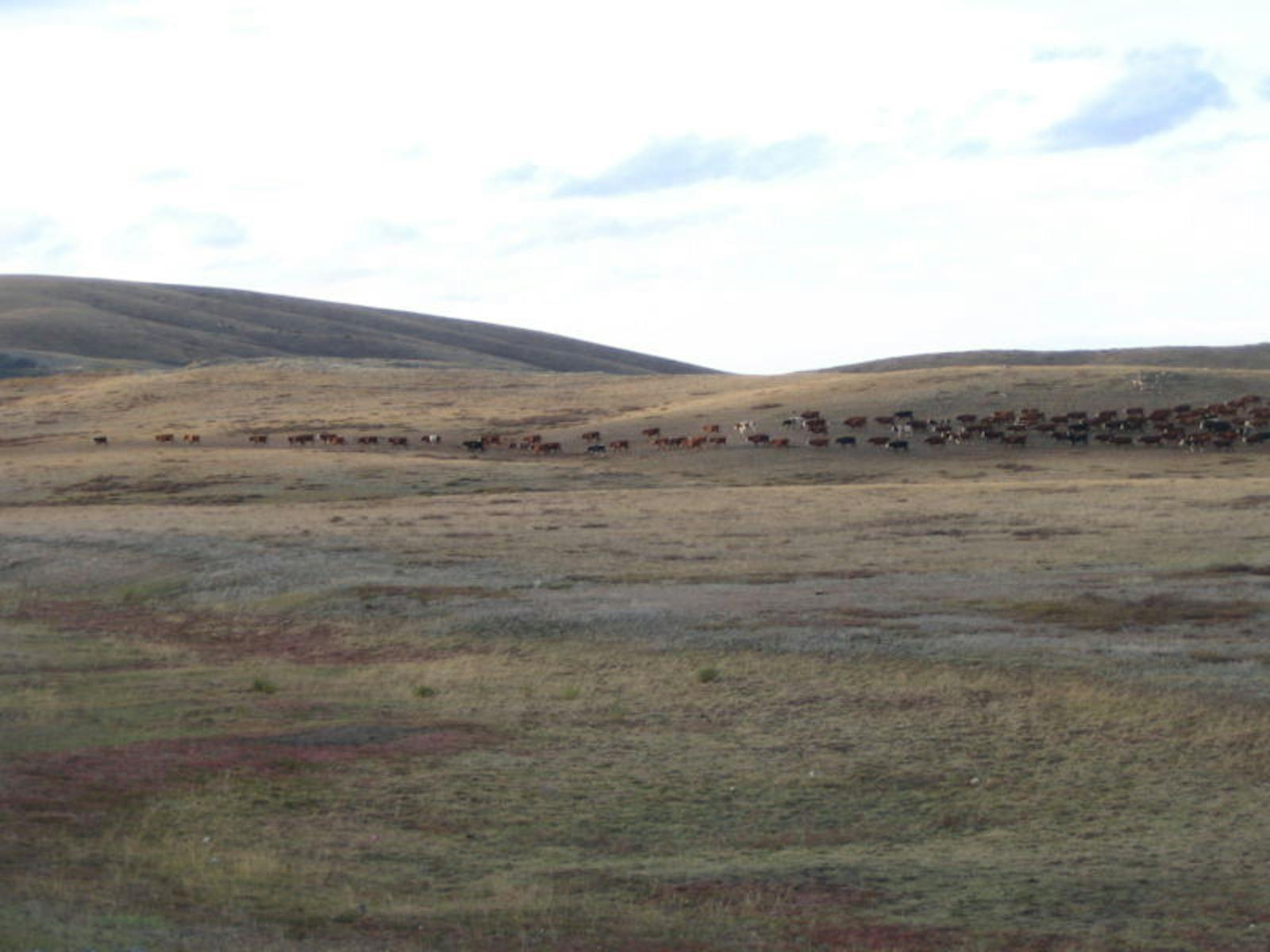
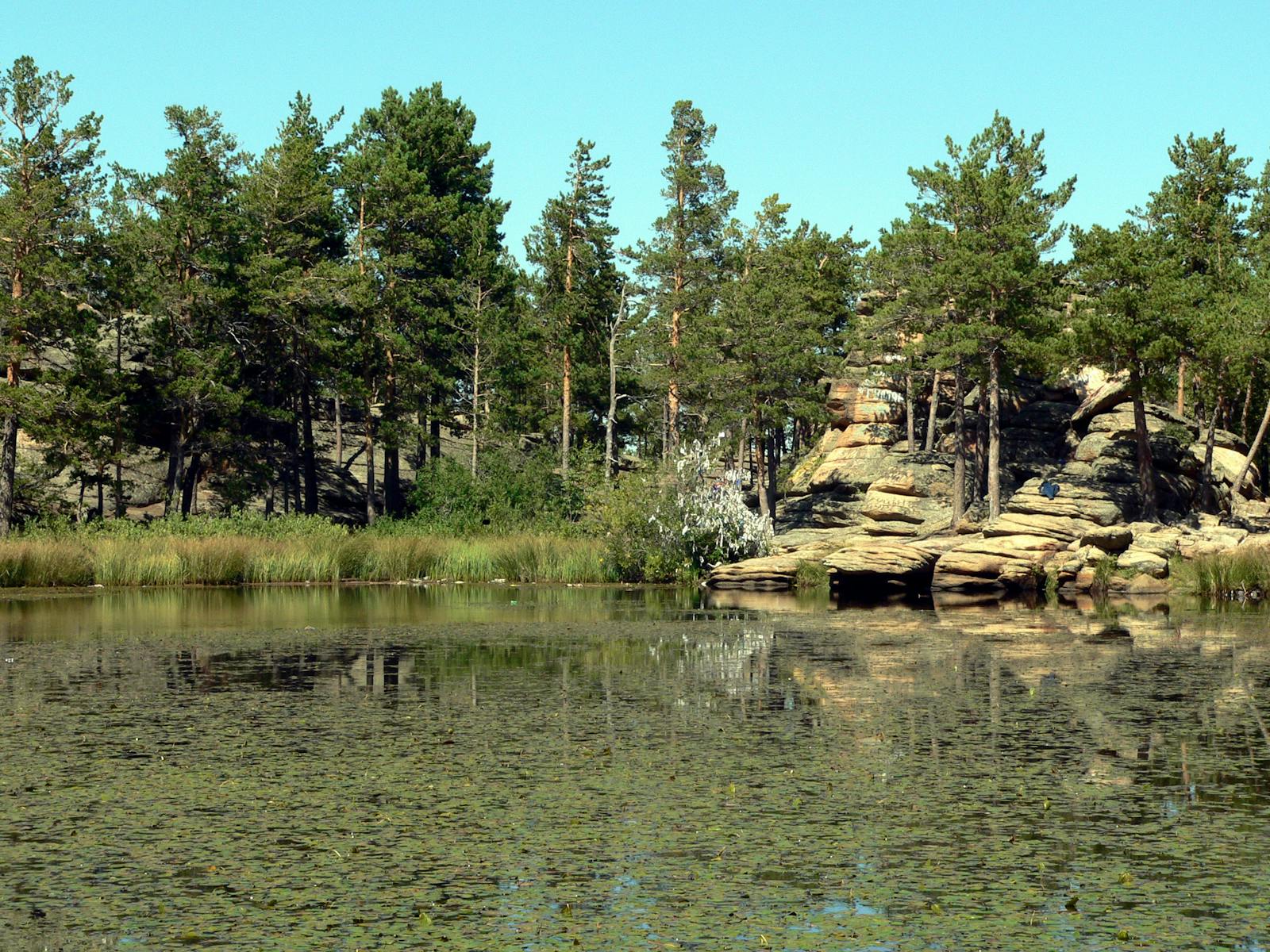
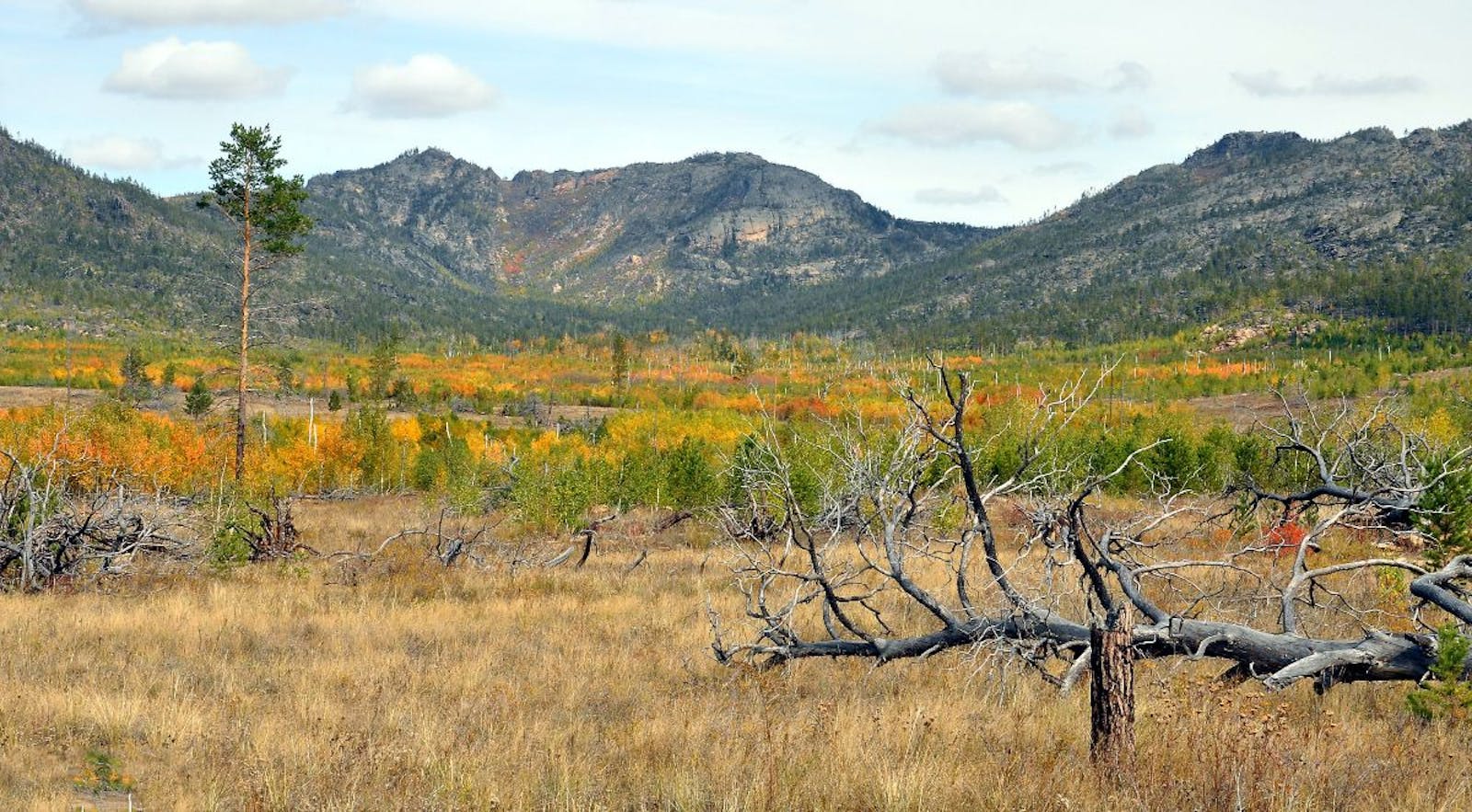
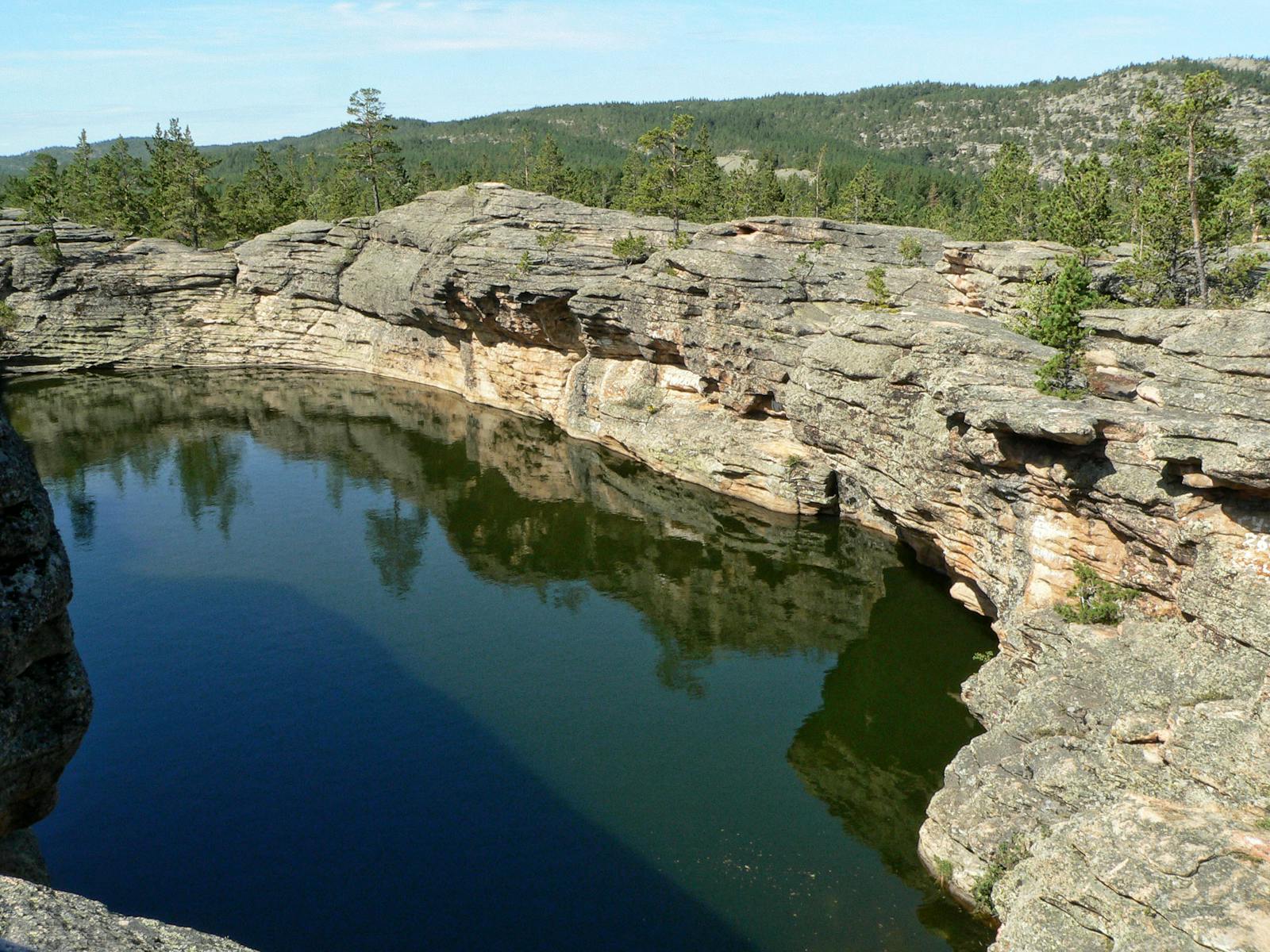
.png?auto=compress%2Cformat&w=300)

